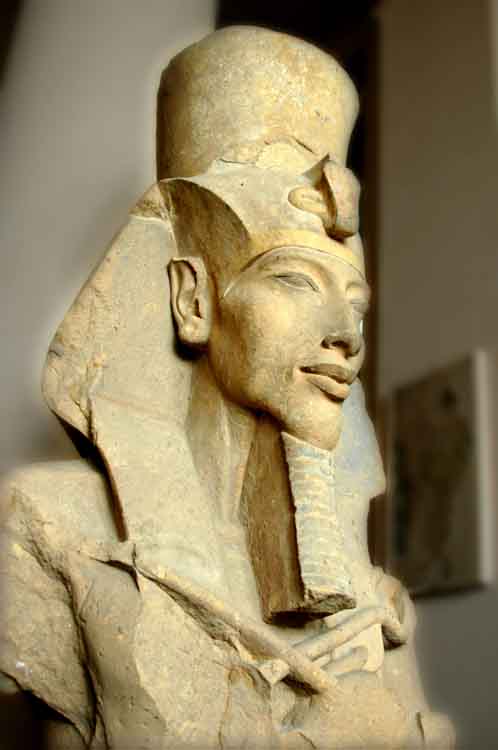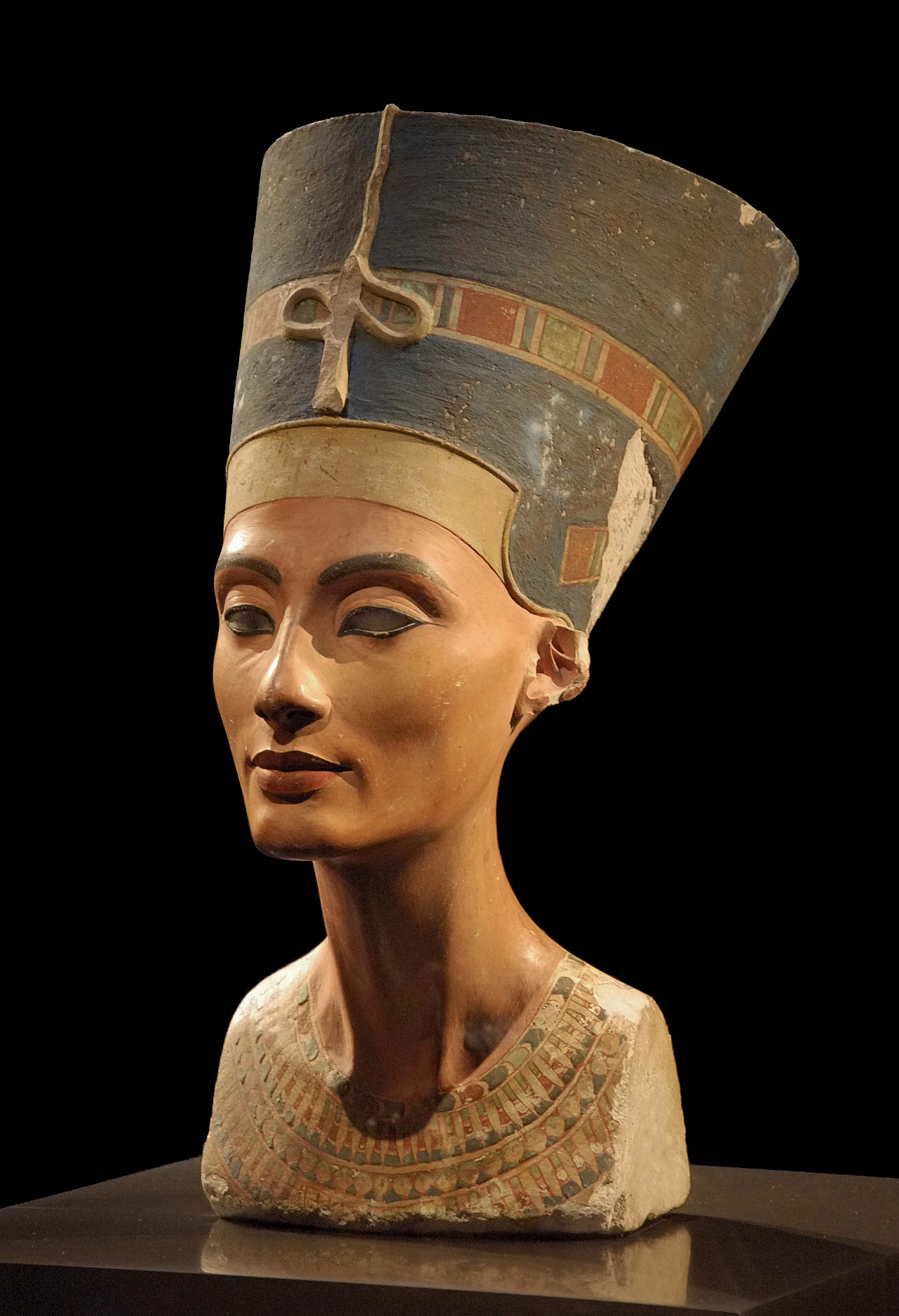Jung’s career in the 1930s is occasionally condemned in terms of his relationship with the Nazi. For example, an encyclopaedia entry describes the psychologist’s life in this period as following:
‘Jung’s most controversial episode occurred in 1933. He replaced Ernst Kretschmer as president of the German Society of Psychotherapy and immediately made it into an International Society, so that Jewish members could retain membership. He remained president until 1940, which meant he had to work closely with the Nazis. Some of his statements during this period have been construed as anti-Semitic, and those who have wished to discredit his work seized upon them as a pretext for their dismissal’(http://www.enotes.com/psychoanalysis-encyclopedia/jung-carl-gustav).
Nonetheless, the entry quoted above denies Jung to be recognisable as Nazi sympathiser by pointing out one of the psychologist’s work published in 1936, significantly titled Wotan. He defines the work an ‘uncompromising analysis of the psychological, and specifically archetypal, reasons for Nazism and of the risks it represented for the individual… (that) warn(s) repeatedly against the dangers of mass movements’ (ibid).
 |
| Carl Gustav Jung |
Of course, choosing of the name of Wotan for the title of his work must have done deliberately. The following quote from Gellert could provide a summary over the relationship between the ancient god; Nietzsche as its unconscious worshipper; the general public in Germany in the 1930s and Jung, the author:
For reading the text in full: http://wrex2009.wordpress.com/2011/08/13/jung-on-nietzsche-and-the-archetype-of-wotan/‘At least Nietzsche knew he was worshipping a god, an autonomous force; the German people a half century later were unconscious even of this. Their spirit was indeed overtaken by Wotan’s.It was with Wotan’s soul-empowering qualities that Nietzsche was so impressed. Jung also recognized the positive aspect of this god, for he appeared to reanimate the depressed spirit of Germans. This account for Jung’s initial hopes, in the very early day of the Nazi movement, that it might turn into something positive – a view he quickly abandoned when he saw the negative effects this god was having upon German society’ (https://docs.google.com/viewer?a=v&q=cache:g8ULRi0j2ukJ:www.michaelgellert.com/pdf/michael_gellert-eruption_of_the_shadow_in_nazi_germany.pdf+jung+warned+wotan+1936&hl=en&gl=uk&pid=bl&srcid=ADGEESiy7aBtQDUTfB6srVW2vE9QBtFxlWYpl1RPtNoQMj2zdneo2akwIPGvG7lKR8Rk2Vq_N1XEQwPjxQzv-9aIwGMBQJUJNJrxwGFVgDBYDGMS8yH7nDbH-SqNaVKwlGGHBKxV7gFQ&sig=AHIEtbRS9B55MgOEt2lv6Q904rJ0IkHHbw&pli=1).











